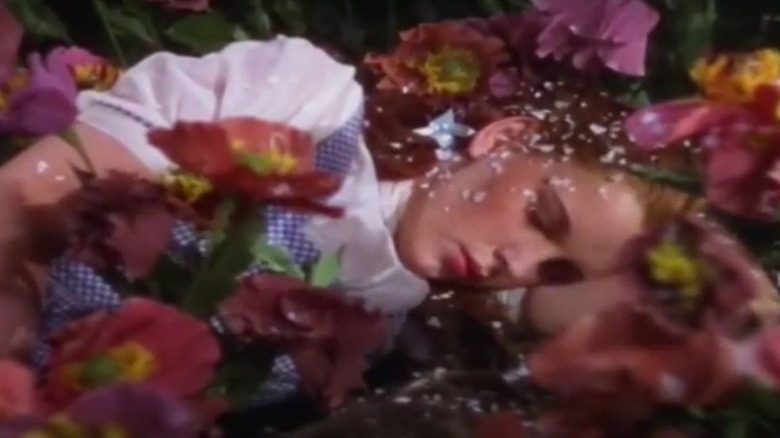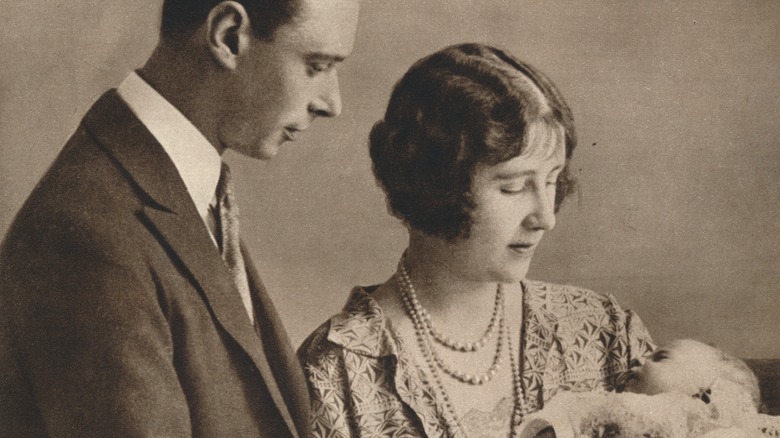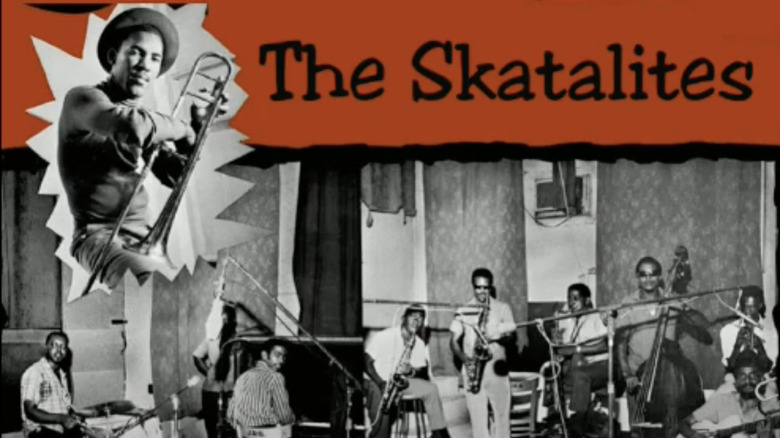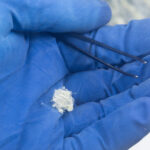
Here’s What The Snow From The Wizard Of Oz Is Actually Made Of
The film “The Wizard of Oz” has captivated viewers with its fantastical world-building since its 1939 release. At the time, contemporary audiences were additionally exposed to what color film was capable of, with Dorothy’s slippers even being changed by the filmmakers from silver (as they were in the original novel) to ruby to take full advantage of the imagery. The film has inspired countless parodies and pop-cultural references, but few realize just how horrific and injury-inducing its production was for the actors.
For instance, Judy Garland, 17 years old, was actually slapped by director Victor Fleming for repeatedly laughing, and was forced onto a regimen of pills to keep her awake, help her fall asleep, and control her weight (via Biography). Things weren’t much better for her costars, as the costumes were exceptionally harmful to wear. The Lion costume was 60 sweltering pounds of real lion skin, the Tin Man makeup was originally aluminum powder that put one actor into the hospital, and the Wicked Witch’s broom and the Scarecrow costume were partly made of a deadly material that the rest of the core cast ended up exposed to as well: asbestos (via Movieweb).
Even contemporary health experts knew asbestos was deadly
In the film, snowfall triggered by Glinda the Good Witch awakens Dorothy and the Lion from their poppy-induced sleep. Unfortunately, this scene was having the complete opposite effect on the actors in real life, as all four were covered asbestos. Per Asbestos.com, this material is the broken-down form of six different minerals, which produce hairlike fragments when crushed. While asbestos was used in the ancient world for many purposes, from 1866 onward it became a quintessential insulation material for buildings with fire-resistant properties (via the Mesothelioma Help website). The fire resistance it provided came at a deadly cost, however, as the fibers remain trapped within the lungs once inhaled.
Multiple conditions, including lung and ovarian cancers, have been linked to asbestos exposure, and on the 1939 set of “The Wizard of Oz” the product was more than plentiful. Medical professionals at the time had begun to acknowledge the health risks that came with exposure, yet a lack of legal push-back (to this day America has not fully banned asbestos) allowed such excessive use (via Kazan Law). It was only in the latter half of the 20th century that safer fake-snow materials began to see use by production companies, including the “revolutionary” concept of using actual snow (via Tedium).
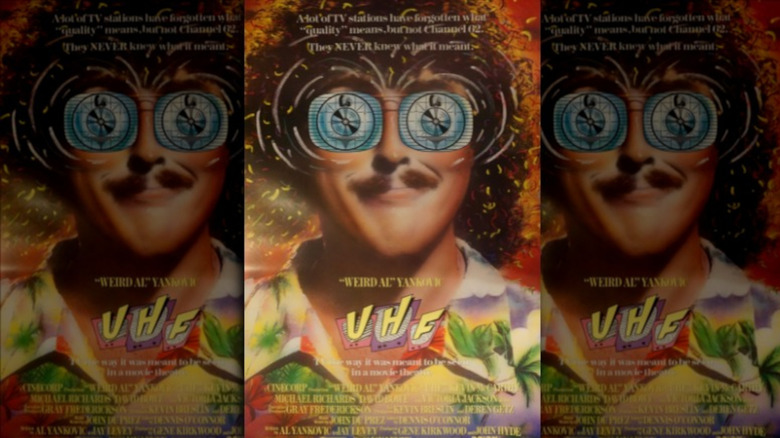
The Untold Truth Of UHF
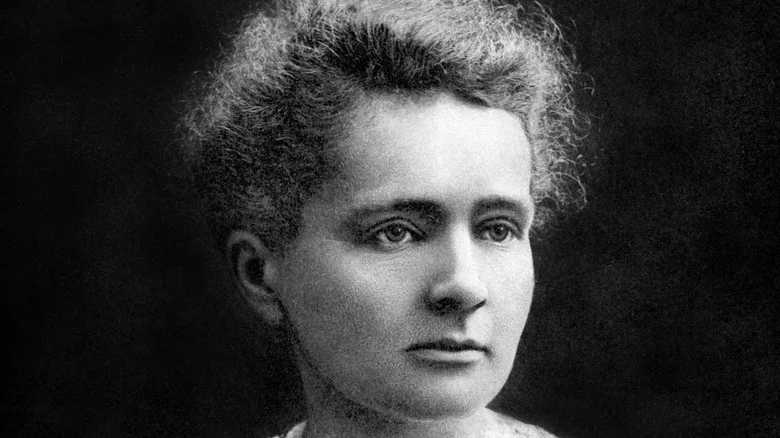
Why Marie Curie's Most Important Work Was Done In A Shed
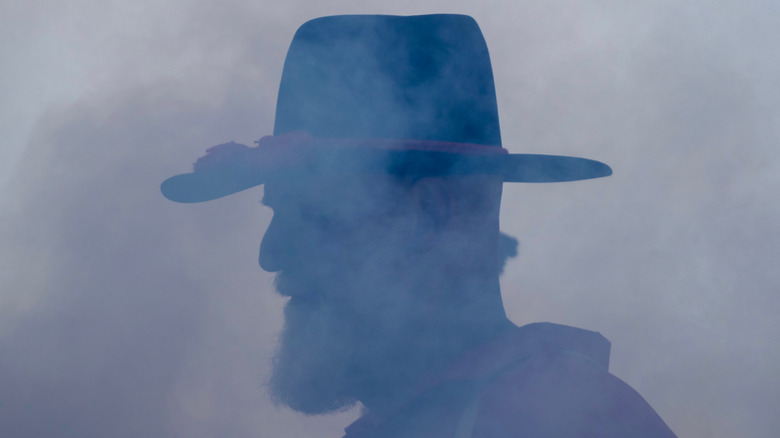
The Civil War's Biggest Blunders

Here's Why People Think Galileo Galilei Invented The Telescope
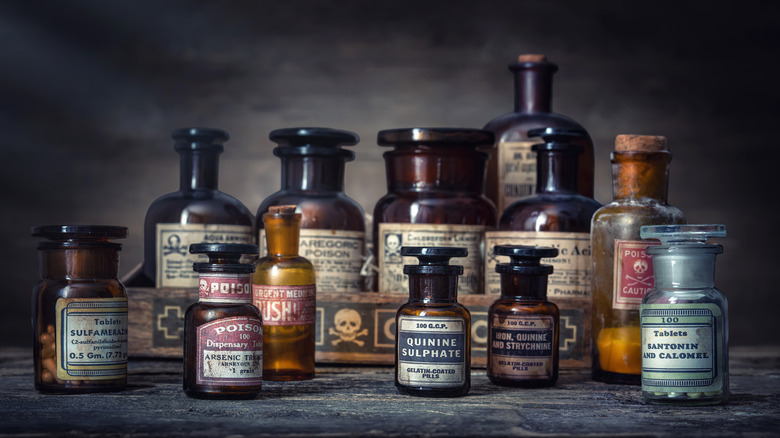
Modern-Day Drugs That Were Once Used As Cough Medicine
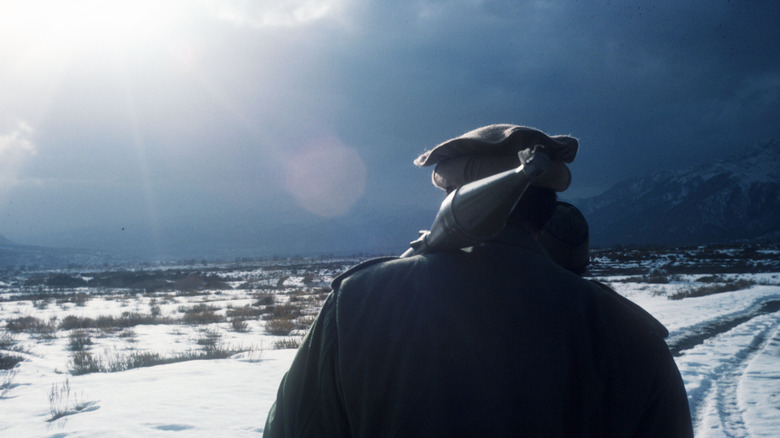
Here's What Really Happened During The Soviet Invasion Of Afghanistan

The Real Meaning Behind Biz Markie's Just A Friend

The Real Story Behind Rick Springfield's 'Jessie's Girl'

The Untold Truth Of Danny Trejo

The Tragic Death Of The Bee Gees' Andy Gibb
